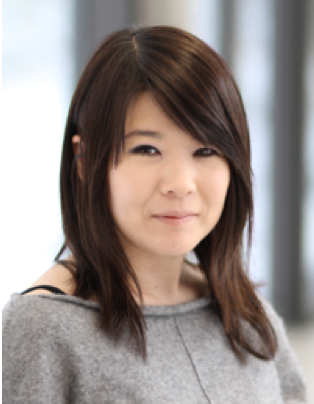
Research Topics
The laboratory of Structural Cell Biology aims to understand the molecular mechanisms governing specialized cell shapes, such as those of neurons, activated immune cells or platelets and certain cancer cells. We visualize the key factors determining different cell morphologies using in situ cellular cryo-electron tomography in combination with interdisciplinary techniques such as single-particle cryo-EM, X-ray crystallography, in vitro reconstitution and light microscopy. The lab was initiated in 2012 at the Max Planck Institute of Biochemistry in Martinsried and is relocated to the NIH (NIAMS/NHLBI joint appointment) in 2020.
Neuronal cell formation: Neuronal cell formation is a distinctive example of specialized cells. To connect the distal end of the nervous system to the central brain, cells are shaped in an extremely polarized fashion, with a long stem part, axon, shaped by microtubules. To create a neural network, individual cells form branching points from the axon as connection points. At the axon branching points, membrane receptors respond to extra-cellular cues, starting a directed signaling cascade. This action results in the remodeling of the actin and microtubule cytoskeleton. Dynamic crosstalk of membrane, actin and microtubules are implicated in axon branch formation. We aim to elucidate the molecular action governing this cellular event.
Wound healing and immunological cell formation: Platelets and immune cells undergo dynamic morphological changes during activation to adhere to each other or to specific target antigens. Although the molecular bases of the actions are similar to the ones of neuronal cell formation, the morphological outcome can vary drastically. For example, activated platelets produce spikes of filopodia on the surface, resembling the shape of a sunflower. We aim to understand the molecular re-organization during the activation process. We further study signaling defects that cause immunodeficiencies or problems with wound healing to identify molecular clues for cellular defects.
Bottom-up reconstitution: The underlying molecular mechanisms and the signaling processes governing cell shape formation are challenging to elucidate within a cell due to their complexity and diverse crosstalk with other pathways. To precisely understand the molecular functions of key components, we are taking a bottom-up approach to reconstitute and investigate the macromolecular machinery that can mimic cell shape formation processes using biophysical and structural biological methods. The functional relevance learned from the in vitro reconstitution analysis is then validated inside cells by mutagenesis and in situ analysis.
Biography
Naoko Mizuno graduated from the University of Tokyo in 1999, and received her Ph.D. in biophysics from the University of Tokyo/University of Texas Southwestern Medical Center in 2005. Prior to joining the NHLBI, she spent 8 years as an independent group leader at the Max Planck Institute of Biochemistry, Martinsried in Germany. Dr. Mizuno received several European awards and honors, including EMBO Young Investigators award, Boehringer Ingelheim Stiftung Plus3 programme, and ERC consolidator grant. Dr. Mizuno serves as an editor of FEBS letter, evaluator for H2020 program of European Union.
Selected Publications
- Schumacher S, Dedden D, Nunez RV, Matoba K, Takagi J, Biertümpfel C, Mizuno N. Structural insights into integrin α(5)β(1) opening by fibronectin ligand. Sci Adv. 2021;7(19).
- Kelley CF, Litschel T, Schumacher S, Dedden D, Schwille P, Mizuno N. Phosphoinositides regulate force-independent interactions between talin, vinculin, and actin. Elife. 2020;9.
- Litschel T, Kelley CF, Holz D, Adeli Koudehi M, Vogel SK, Burbaum L, Mizuno N, Vavylonis D, Schwille P. Reconstitution of contractile actomyosin rings in vesicles. Nat Commun. 2021;12(1):2254.
- Nedozralova H, Basnet N, Ibiricu I, Bodakuntla S, Biertümpfel C, Mizuno N. In situ cryo-electron tomography reveals local cellular machineries for axon branch development. J Cell Biol. 2022;221(4).
- Cada AK, Mizuno N. Molecular cartography within axons. Curr Opin Cell Biol. 2024;88:102358.
Related Scientific Focus Areas




Molecular Biology and Biochemistry
View additional Principal Investigators in Molecular Biology and Biochemistry

Biomedical Engineering and Biophysics
View additional Principal Investigators in Biomedical Engineering and Biophysics
This page was last updated on Thursday, August 21, 2025